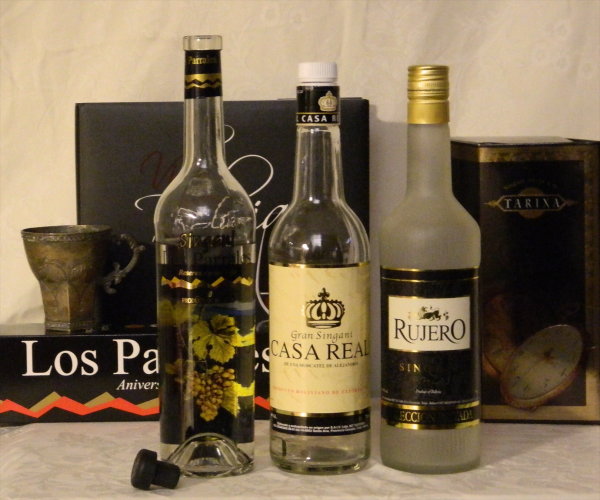Facts About Singani
Singani is a distinctive Bolivian spirit crafted from white Muscat of Alexandria grapes and is proudly hailed as Bolivia's national drink. Although internationally classified as a brandy, its character and production methods align more closely with eau-de-vie. Singani has a storied history, dating back to the 16th century when it was first distilled by monastic orders. The term "singani" likely originates from a pre-Columbian village near the location of the first mission that produced the liquor.
One distinctive feature of singani regulation is the requirement for vineyards to be located at elevations of 1,600 meters or higher. This high-altitude stipulation contributes to singani's unique characteristics. To safeguard its authenticity, the Bolivian government has enforced stringent regulations, designating singani as a Domain of Origin and a Geographical Indication.
The production process of singani is meticulous. It involves Muscat of Alexandria grapes grown in the high-altitude regions of the Andes mountains. The unique terroir, along with specialized fermentation and distillation techniques, infuses singani with its distinctive flavor profile. Unlike traditional brandies, singani is not aged in barrels and must comply with strict purity standards established by Bolivian law.
Several leading producers dominate the singani market in Bolivia, including SAIV, Bodegas Kuhlmann, and La Concepción. These significant producers, along with a plethora of medium and small-scale operations, meet local demand with a variety of singani brands. The spirit has also garnered international recognition, earning numerous gold medals at esteemed competitions.
In Bolivia, singani is savored both neat and in cocktails. Traditional mixed drinks like the "chuflay" are particularly popular, showcasing singani as a primary ingredient. The beverage is a fixture at national festivals, weddings, and other celebrations, underscoring its cultural importance.

 Argentina
Argentina